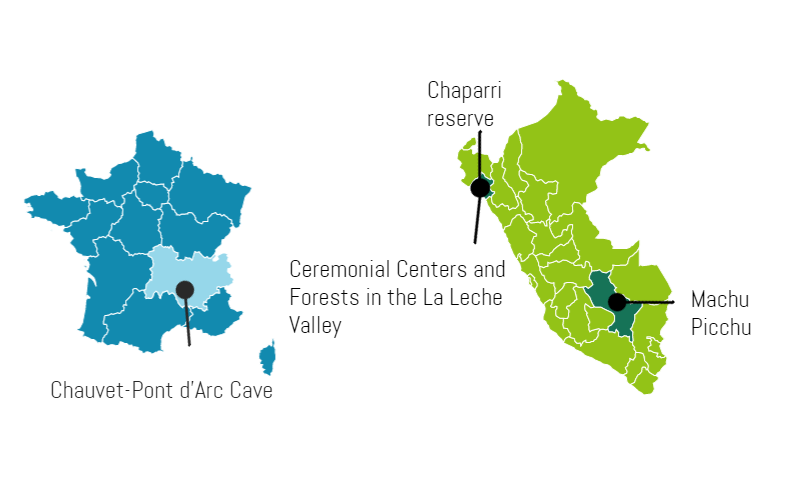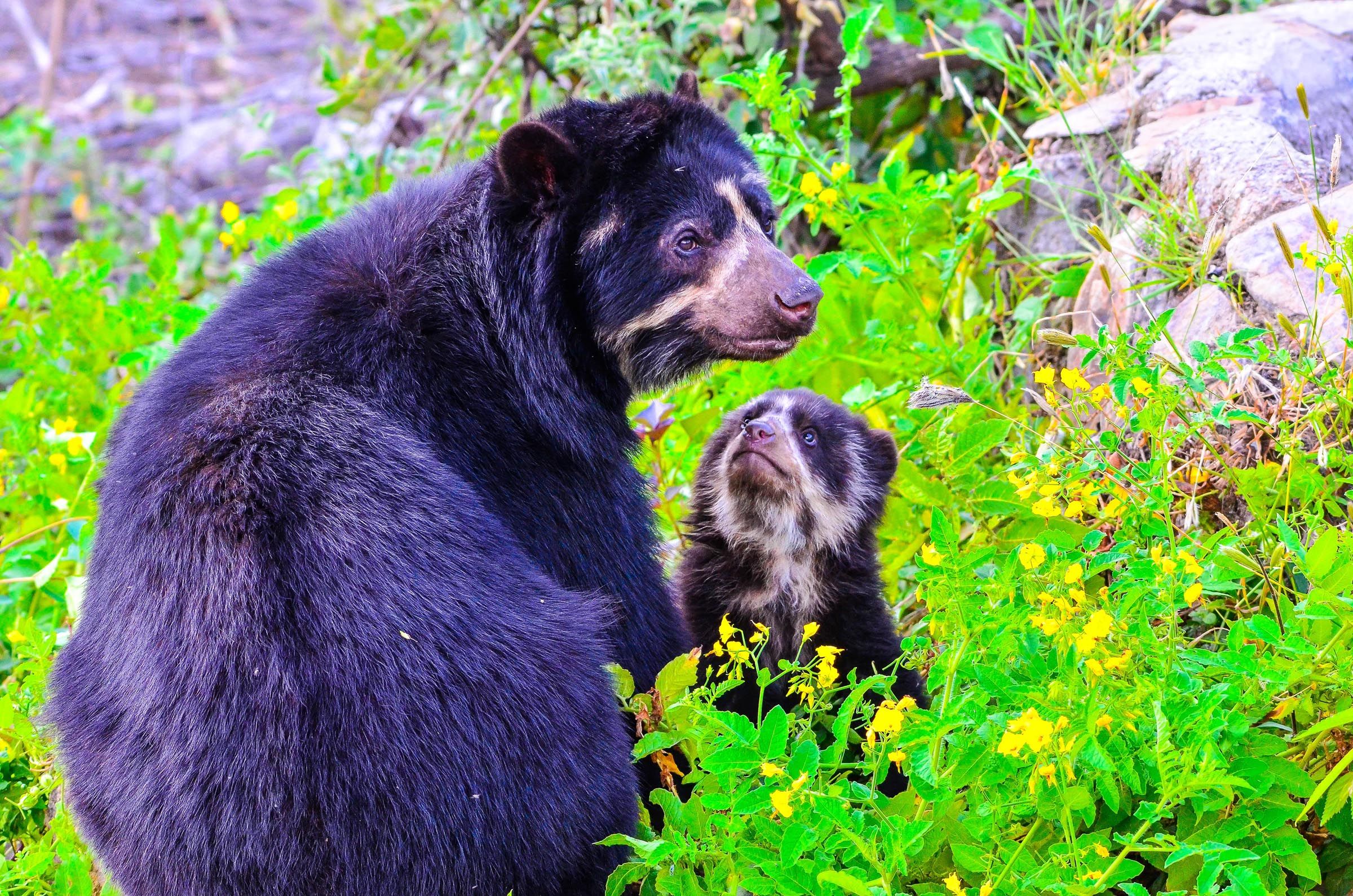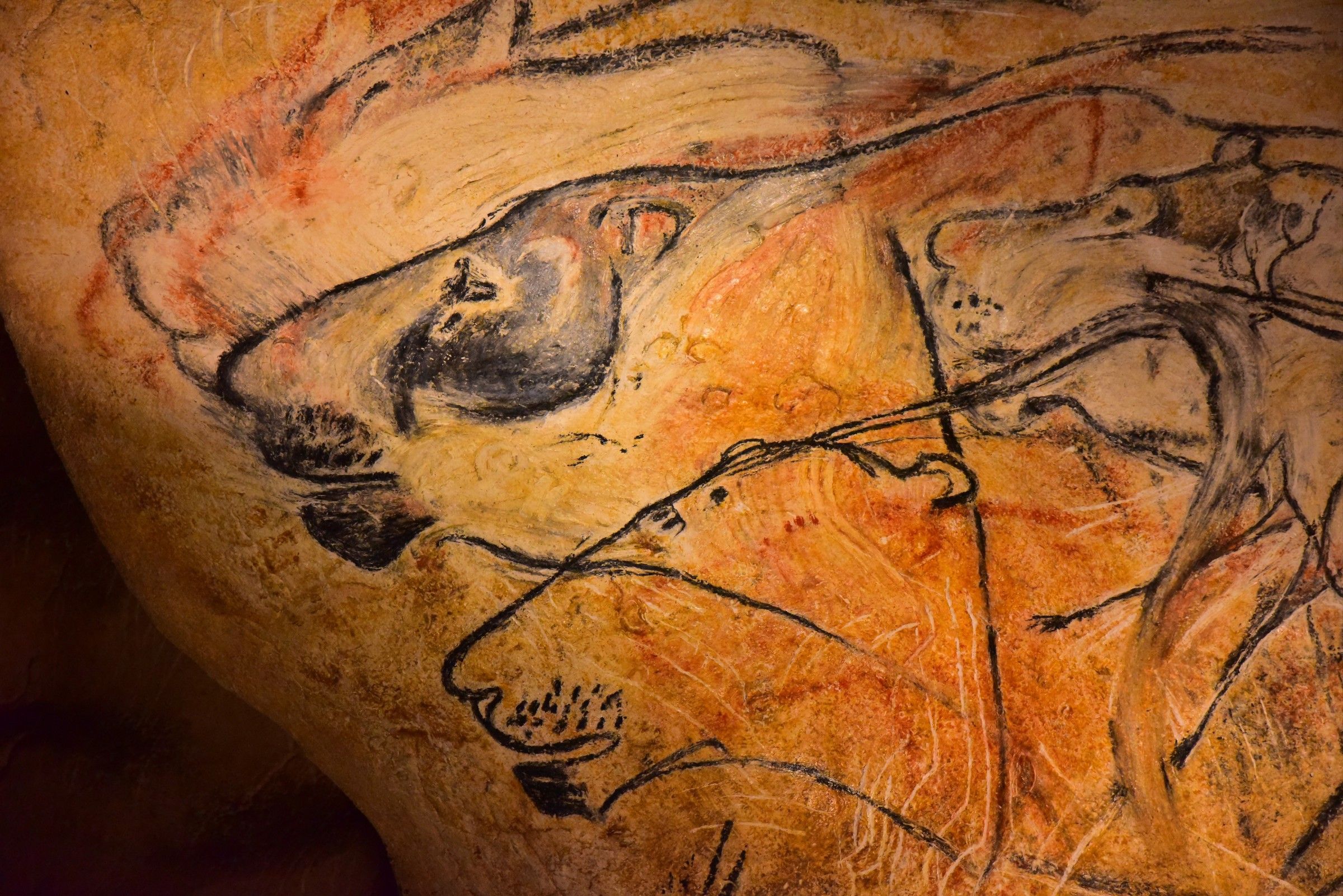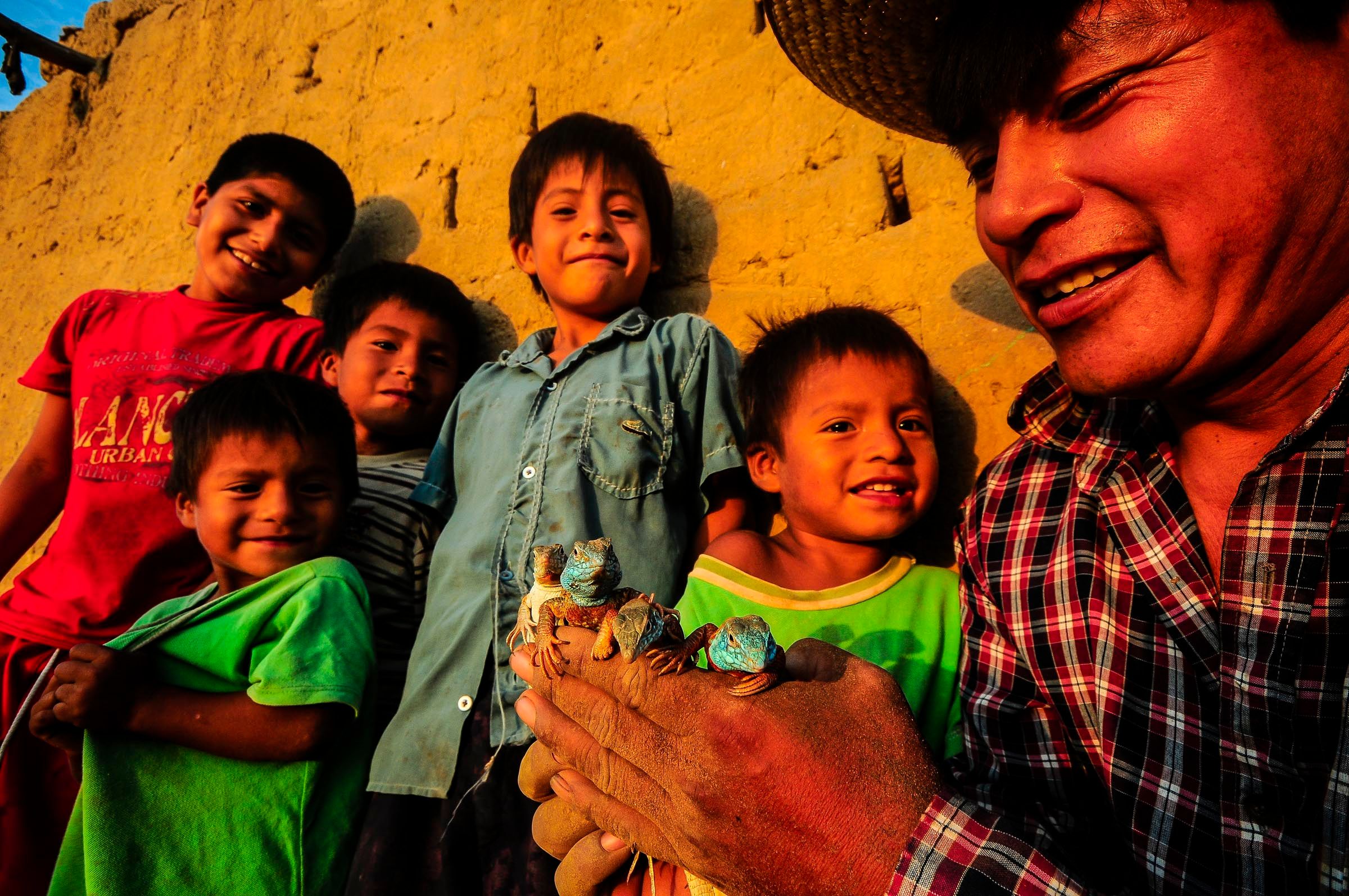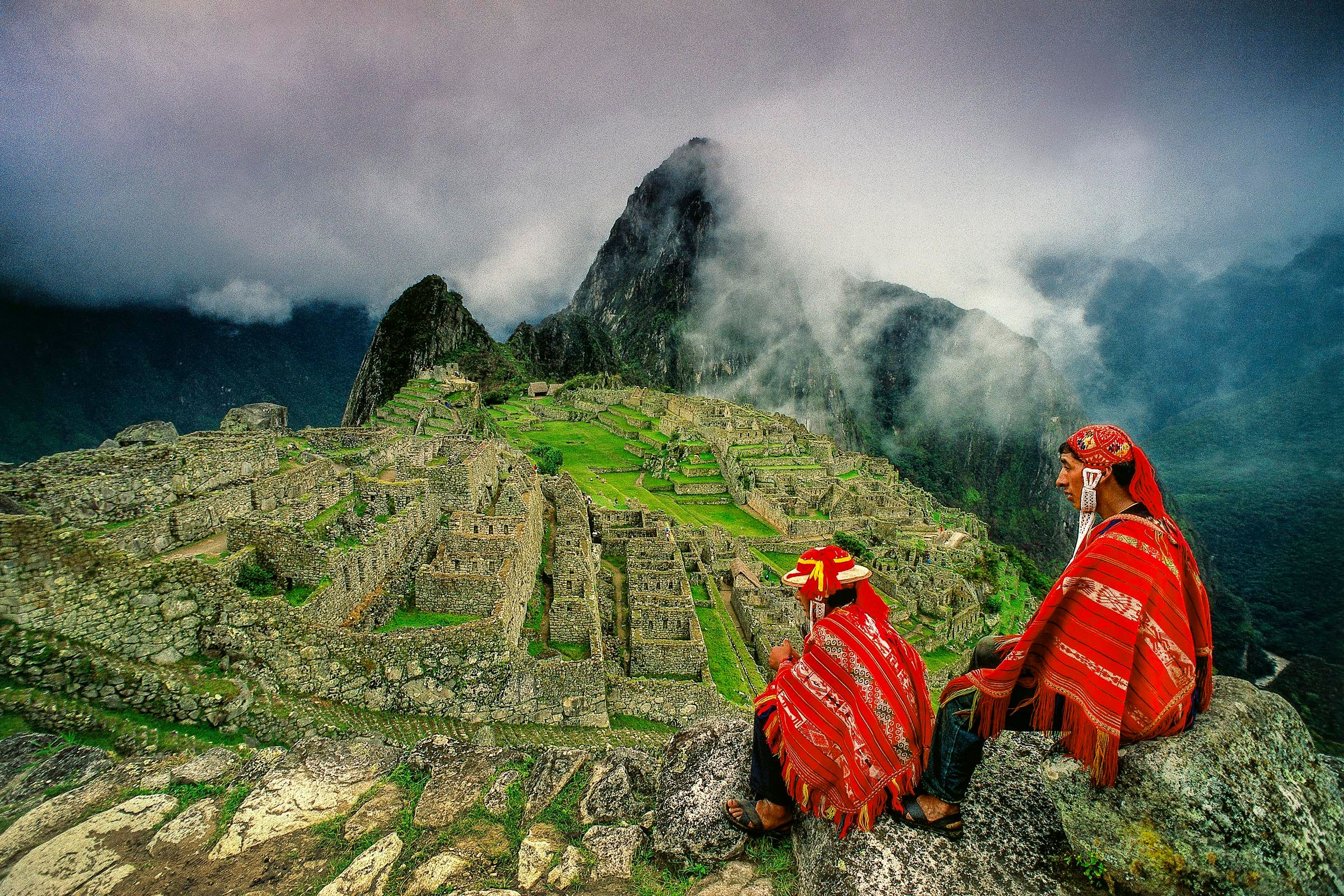Mixed Heritage Sites
This particular category of UNESCO protected sites consists of a mixed section that was created in 1992. The “mixed” category tries to address the limits of dividing sites into “cultural” and “natural”. This category includes landscapes that represent “joint creations of man and nature”, as defined in Article 1 of the 1972 UNESCO World Heritage Convention, and which illustrate the evolution of a particular society and its establishment over time under the influence of constraints and/or opportunities presented, internally and externally, by the natural environment and by cultural, economic and social influences. The protection of these sites can contribute to modern techniques of sustainable land use and maintenance practices of biological diversity.
The operational guidelines for the implementation of the Convention define mixed heritage (cultural and natural) as assets that correspond in part or in whole to both definitions of tangible cultural heritage and natural heritage. The photos chosen for this category made it possible to create a story not only from the cultural profile of a site, but also from its natural one, under the protection of UNESCO. Particularly interesting is the Chaparrì Ecological Reserve, which tells a 360 degrees story of a very important area of Peru, referring to a concept that is becoming increasingly important today: sustainable tourism.
For more information about the Mixed Heritage Sites read the “Convention Concerning the Protection of the World Cultural and Natural Heritage” on the UNESCO website.
